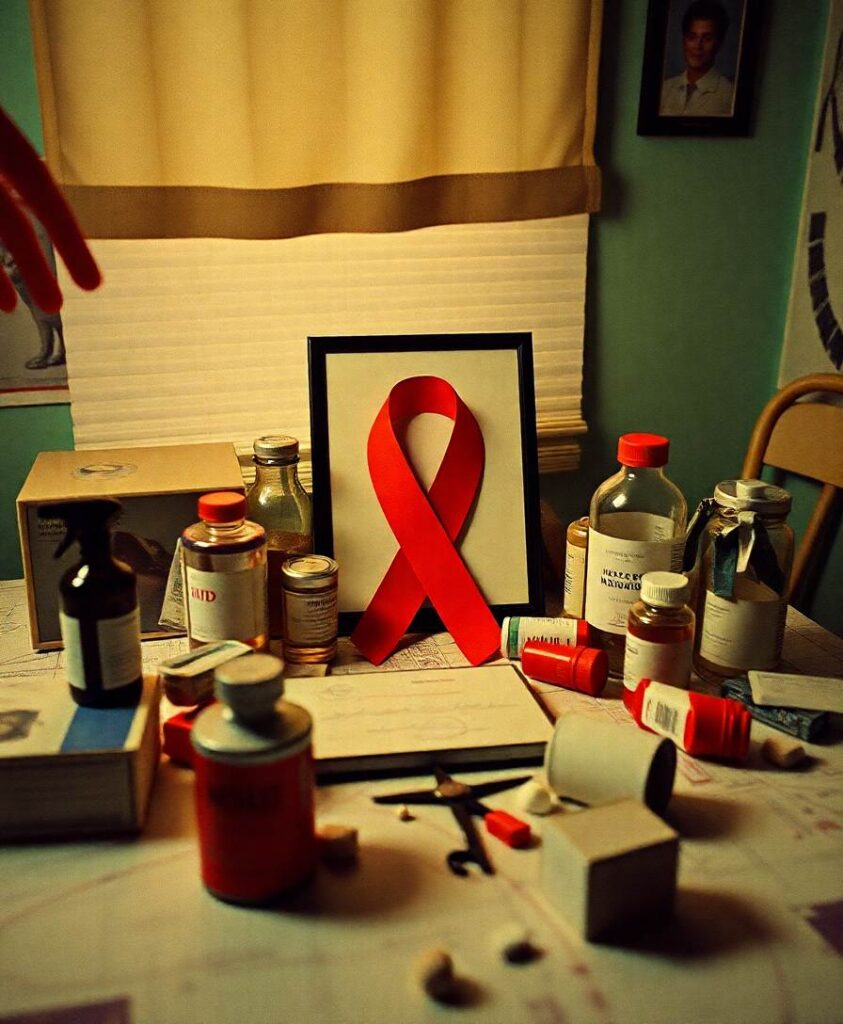Walking through the streets of Los Angeles’s Skid Row, the uneven pavement under your feet is more than just a surface. It’s a mosaic of stories—each crack and bump whispering tales of resilience, struggle, and survival. The air is thick with a cocktail of scents—faint odors of laundry and soap mingling with sharp whiffs of chemicals that speak to the ongoing battle with addiction. Shadows flicker on makeshift tents, and the hum of distant conversations echoes a community fighting to hold onto hope amid chaos.
For many, this landscape can stir feelings of frustration or helplessness. It’s easy to dismiss homelessness and addiction as solely individual failings. Yet, beneath the surface lies a nuanced reality—one that requires more than judgment. It calls for understanding the sensory world of those living through it and recognizing the power of compassion-based strategies like harm reduction. These approaches acknowledge that healing isn’t a straight line but a complex journey, often marked by setbacks and small victories.
What is harm reduction and how does it support people experiencing homelessness and addiction?
If you’ve ever searched for ways to better support those on the streets with substance use challenges, you might have come across the term harm reduction. This isn’t about encouraging drug use. It’s about meeting people where they are—respecting their choices while actively reducing the dangerous risks associated with addiction. Think of harm reduction as a toolkit filled with practical, empathetic measures designed to protect health and foster trust.
Picture handing a person a clean syringe instead of a used one. This simple act can prevent infections and save lives. Distributing safer smoking supplies, overdose reversal medications like naloxone, or drug testing strips for fentanyl contamination are all steps that recognize the harsh realities faced by people living outside. These tools serve as bridges—stopping the cycle of health crises that often trap individuals and keeping the door open for future support and recovery efforts.
When individuals have access to these resources, they’re more likely to engage with healthcare services at their own pace. Programs rooted in harm reduction focus on building trust, not shame. They honor each person’s dignity, knowing that recovery is rarely a quick fix but a nonlinear process with setbacks and breakthroughs alike. Supporting autonomy at every stage creates a foundation from which genuine healing can grow.
How Skid Row’s Care Campus exemplifies compassionate harm reduction
The recent opening of the Skid Row Care Campus exemplifies this human-centered approach. Unlike traditional shelters that demand sobriety before entry, this facility was designed to respect individual choices. It offers mental health counseling, arts programs, and addiction support—shaping services with input from those who have firsthand experience with homelessness and substance use. It’s a space where dignity is prioritized.
Clinicians and harm reduction specialists work side by side with residents, providing not only shelter but also practical supplies like clean syringes, overdose reversal kits, and fentanyl test strips. These measures acknowledge the immediate needs of individuals—whether they’re seeking sobriety or not—and aim to keep them safe while fostering trust. When people feel understood and supported, they’re more inclined to consider recovery pathways at their own pace, whether that means medication-assisted treatment, detox, or other services.
This approach often leads to more sustainable progress. It shifts the narrative from punishment to empathy. Spaces like the Skid Row Care Campus remind us that even amid chaos, compassion can ignite transformation. Supporting those who are struggling with kindness and practical tools can change lives, one small step at a time.
The importance of compassionate harm reduction in addressing homelessness and addiction
For those living on the streets with ongoing substance use challenges, cycles of health crises and social isolation can feel endless. Harm reduction strategies aim to create safer environments—physically, emotionally, and socially—reducing the damage caused by drug use and opening pathways toward stability. These strategies act as bridges, connecting individuals to care rather than barriers that deepen their struggles.
Recovery isn’t linear. It takes patience, trust, and recognition that setbacks are part of the process. Ongoing access to healthcare, stable housing, and emotional support empower individuals to regain control over their lives. Harm reduction respects their experience and supports their autonomy, laying a foundation for genuine change rooted in dignity and hope.

How community understanding enhances harm reduction efforts
Public attitudes toward harm reduction can vary widely. Some perceive it as enabling drug use, while others see it as a vital public health strategy. When communities embrace harm reduction, neighborhoods often become safer and healthier. Overdose rates decline, disease transmission drops, and people gain access to life-saving resources.
Programs like the Skid Row Care Campus demonstrate that compassion paired with practical support can create meaningful change. When resources are provided without judgment or coercion, individuals are more likely to connect with treatment and support services. Recognizing that the journey from street life to stability isn’t straightforward allows us to see harm reduction as more than a policy—it’s a human-centered approach that nurtures resilience and renewal. With kindness as the guiding principle, we can transform despair into stories of hope and recovery.
Learn More: In a Nation Growing Hostile Toward Drugs and Homelessness, Los Angeles Tries Leniency
Abstract: LOS ANGELES — Inside a bright new building in the heart of Skid Row, homeless people hung out in a canopy-covered courtyard — some waiting to take a shower, do laundry, or get medication for addiction treatment. Others relaxed on shaded grass and charged their phones as an intake line for housing grew more crowded.
The Skid Row Care Campus officially opened this spring with ample offerings for people living on the streets of this historically downtrodden neighborhood. Pop-up fruit stands and tent encampments lined the sidewalks, as well as dealers peddling meth and fentanyl in open-air drug markets. Some people, sick or strung out, were passed out on sidewalks as pedestrians strolled by on a recent afternoon.
For those working toward sobriety, clinicians are on site to offer mental health and addiction treatment. Skid Row’s first methadone clinic is set to open here this year. For those not ready to quit drugs or alcohol, the campus provides clean syringes to more safely shoot up, glass pipes for smoking drugs, naloxone to prevent overdoses, and drug test strips to detect fentanyl contamination, among other supplies.
As many Americans have grown increasingly intolerant of street homelessness, cities and states have returned to tough-on-crime approaches that penalize people for living outside and for substance use disorders. But the Skid Row facility shows Los Angeles County leaders’ embrace of the principle of harm reduction, a range of more lenient strategies that can include helping people more safely use drugs, as they contend with a homeless population estimated around 75,000 — among the largest of any county in the nation. Evidence shows the approach can help individuals enter treatment, gain sobriety, and end their homelessness, while addiction experts and county health officials note it has the added benefit of improving public health.


